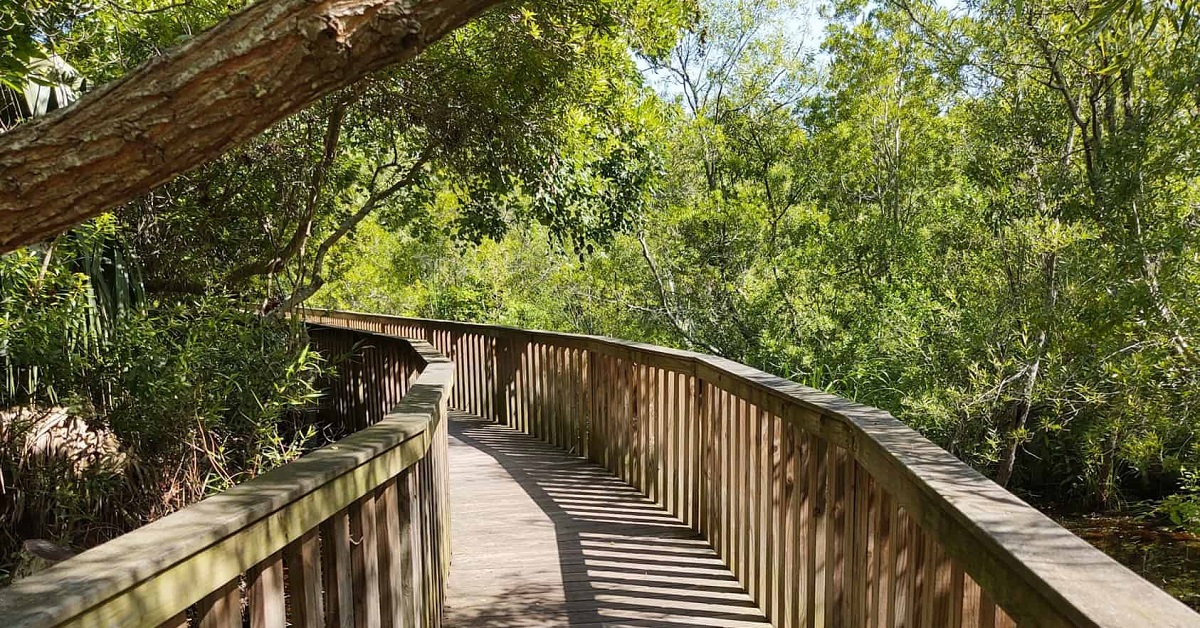| Date:
| Reading Time:
| Excerpt:
Gathering together is a human need that has been part of every culture in both the ancient and modern world – including once such ancient culture right here in Sea Pines.

The difference between a meal and a feast or a snack and a celebration is easy to feel and yet sort of hard to describe. One thing most definitions would agree upon, though, is that the difference has to do with not being alone.
Gathering together is a human need that has been part of every culture in both the ancient and modern world – including once such ancient culture right here in Sea Pines.
What Remains
Along the coasts of Florida, Georgia, and South Carolina are 50 or so ancient shell rings that have been studied by scholars for years. One of the oldest is the Sea Pines Shell Ring, sheltered here in the Sea Pines Forest Preserve. Anthropologists and archaeologists tell us that the Sea Pines Shell Ring is about 4,000 years old.
Measuring roughly 150 feet across and embracing a wide, shell-free “plaza” within, it is made up of hundreds of thousands of shells from oysters, clams, and mussels. The very size of the Shell Ring says that many people gathered here. The sheer quantity of shells embedded there testifies that they gathered here over the course of generations.
Research that continues here seeks to discover what kinds of feasts, community functions, or religious gatherings took place. Whatever the answer, it appears that the people who originated the Sea Pines Shell Ring extend back even farther in time than the Catawba, Guale, Timucua, Sewee, or Edisto cultures that preceded us on our beautiful sea islands and coastal Carolina plain.
What We Share
When we pause to think about it, daily life and work feel even more worthwhile knowing that we are part of an arch of experience that spans centuries – even millennia – of what people enjoy and how they get together.
A friend who grew up in the Gullah tradition told us her grandmother taught that part of the love they hold for the sea islands is that no one ever had to be hungry here. The abundance and fruitfulness of the sea life and the fertility of the plant life here assured the native islanders that basic needs were always met. The integrity and coherence of their culture, then, came in part from their ability to consider higher meanings, more than survival, as they went about their daily lives.
We find this is a lesson worth adopting. The Shell Ring shows us that people did more than eat here. It appears they gathered here to share something. Surely one thing they shared was gratitude, a thankfulness for this place and all that this place provides.







